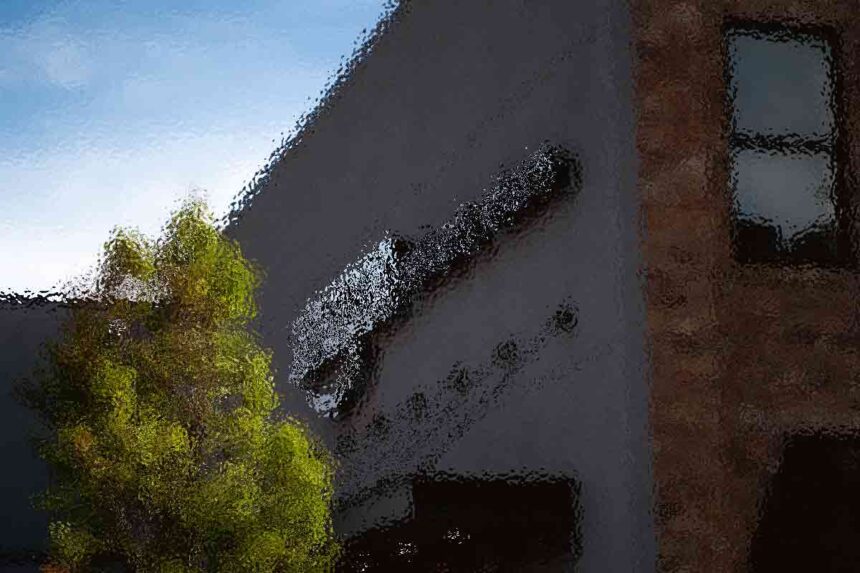The landscape of graphic design is shifting. Artificial Intelligence (AI) is making waves, but is it a force that will elevate the industry or undermine its very essence? As technology rapidly evolves, it’s crucial to examine the impact AI has on graphic design, dissect its potential, and address whether it’s a boon or a bane for creative professionals.
Problem: The AI Intrusion
Graphic design has long been a field celebrated for its creativity and human touch. Designers use their unique skills to craft visual identities, solve problems, and create compelling visuals that resonate with audiences. But the rise of AI tools threatens to change this dynamic. Here’s why the intrusion of AI into graphic design is causing concern:
1. Job Displacement
AI-powered design tools, such as Canva’s design suggestions or Adobe’s Sensei, are becoming more sophisticated. They can create designs, generate layouts, and even suggest color schemes based on user inputs. This automation raises concerns about job security for graphic designers. According to a 2023 report by the World Economic Forum, 27% of creative jobs could be automated by 2025, which includes roles in graphic design.
2. Dilution of Creativity
AI tools often operate on pre-set algorithms and data-driven insights. They might churn out designs based on patterns and trends, but they lack the intuitive creativity that comes from human experience. Critics argue that this can lead to a homogenization of design work, where originality and personal expression might be overshadowed by algorithmic output.
3. Skill Devaluation
With AI handling more routine tasks, there’s a risk that traditional design skills may be undervalued. For instance, if AI can produce a polished logo in minutes, will clients appreciate the time and effort invested by a designer in creating something truly unique?
Agitate: The Reality Check
It’s easy to get caught up in the fear of AI rendering graphic designers obsolete, but it’s essential to dig deeper into the actual impact of these technologies. Let’s examine the reality of the situation:
1. AI as a Tool, Not a Replacement
Most AI tools are designed to assist rather than replace. For instance, Adobe’s Sensei can automate repetitive tasks like cropping images or adjusting lighting, allowing designers to focus on more complex and creative aspects of their work. A survey conducted by Adobe in 2023 revealed that 65% of designers view AI tools as valuable assistants rather than replacements. They enhance productivity and provide designers with more time to innovate.
2. The Human Touch
Creativity is inherently human. AI can analyze trends and generate designs based on patterns, but it cannot replicate the depth of human experience, cultural context, and emotional resonance. Designers bring a personal touch to their work, integrating client visions and unique insights that AI simply cannot emulate. According to a 2024 study by the Design Management Institute, 74% of design projects still require a significant human element to achieve the desired impact.
3. New Opportunities for Designers
The integration of AI can open new avenues for designers. By automating routine tasks, designers can focus on strategy, conceptual development, and high-level creative work. This shift could lead to a more strategic role for designers, involving collaboration on broader business goals and innovation. A 2024 report from McKinsey highlights that 58% of creative professionals are embracing AI to streamline their workflow and enhance their strategic contributions.
Solution: Embracing AI’s Potential
So, how can graphic designers navigate this changing landscape and leverage AI to their advantage? Here are some practical steps to harness AI’s potential while preserving the essence of creativity:
1. Augment, Don’t Replace
View AI as a tool that complements your skills rather than a competitor. Utilize AI for tasks like generating initial design drafts, exploring color palettes, or automating repetitive adjustments. This approach allows you to focus on refining and enhancing designs, injecting your unique creativity into the final product.
2. Continual Learning and Adaptation
Stay ahead by continuously learning about emerging AI tools and technologies. Understanding how these tools work and their capabilities can help you integrate them effectively into your workflow. Online courses, webinars, and industry conferences are excellent resources for keeping your skills current.
3. Cultivate Creativity
Double down on what sets you apart—your creativity and ability to think outside the box. While AI can handle repetitive tasks and generate patterns, it cannot replace the deep, nuanced understanding of design that comes from human experience. Invest time in exploring new creative techniques, experimenting with different styles, and staying inspired.
4. Focus on Strategic Design
Embrace the opportunity to move beyond routine design tasks and focus on strategic design roles. Work on understanding client needs, developing brand strategies, and crafting unique visual narratives. This shift towards strategic thinking can enhance your value as a designer and open doors to new opportunities.
5. Collaborate with AI
Rather than seeing AI as a threat, collaborate with it. For instance, use AI-generated insights to inform your design decisions or incorporate AI-generated elements into your creative process. This synergy can lead to innovative solutions and fresh perspectives.
Case Study: How AI and Designers are Coexisting
To illustrate how AI and graphic designers are working together, let’s take a look at a notable case study:
Case Study: The AI-Enhanced Branding of “EcoFlow”
EcoFlow, a leading portable power solutions company, faced a challenge in creating a compelling visual identity that could stand out in a crowded market. The company’s design team decided to integrate AI into their branding process, using a combination of AI-powered tools and human creativity.
1. AI-Driven Insights:
EcoFlow used AI tools to analyze market trends, competitor branding, and consumer preferences. AI algorithms provided data-driven insights into effective color schemes, typography, and design elements that resonated with their target audience.
2. Human Creativity:
With these insights, the design team created a series of initial design concepts. AI-generated templates and suggestions were used as a starting point, but the final designs were meticulously refined by human designers to incorporate EcoFlow’s brand values and unique story.
3. Collaborative Approach:
The final branding included AI-generated visual elements and human-designed components. This collaborative approach resulted in a cohesive and innovative visual identity that effectively communicated EcoFlow’s brand message.
The project demonstrates that AI can enhance the design process by providing valuable data and automation, while human creativity ensures the final product aligns with the brand’s vision and connects with the audience on a deeper level.
Conclusion: A Balanced Perspective
The fear that AI will kill the future of graphic design is largely unfounded. While AI is undoubtedly transforming the industry, it is not a death knell for creative professionals. Instead, it represents an opportunity for growth, adaptation, and innovation.
AI tools can handle repetitive tasks and provide valuable insights, but they cannot replace the unique creativity, strategic thinking, and human touch that graphic designers bring to their work. By embracing AI as a complementary tool, continuously learning, and focusing on creative and strategic roles, designers can thrive in this evolving landscape.
The future of graphic design is not about AI vs. humans; it’s about how AI and human creativity can coexist and elevate the industry. The key is to adapt, innovate, and continue pushing the boundaries of what’s possible. As long as designers stay engaged and adaptable, the future of graphic design will be bright and full of exciting possibilities. Read More




